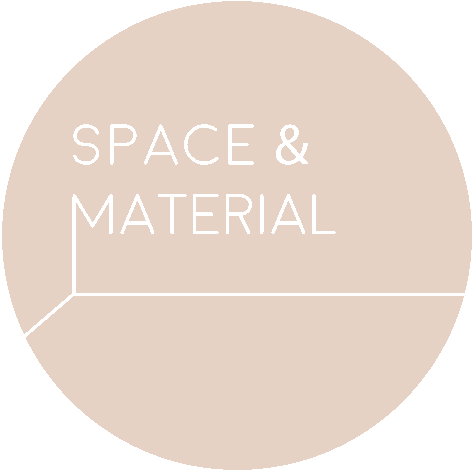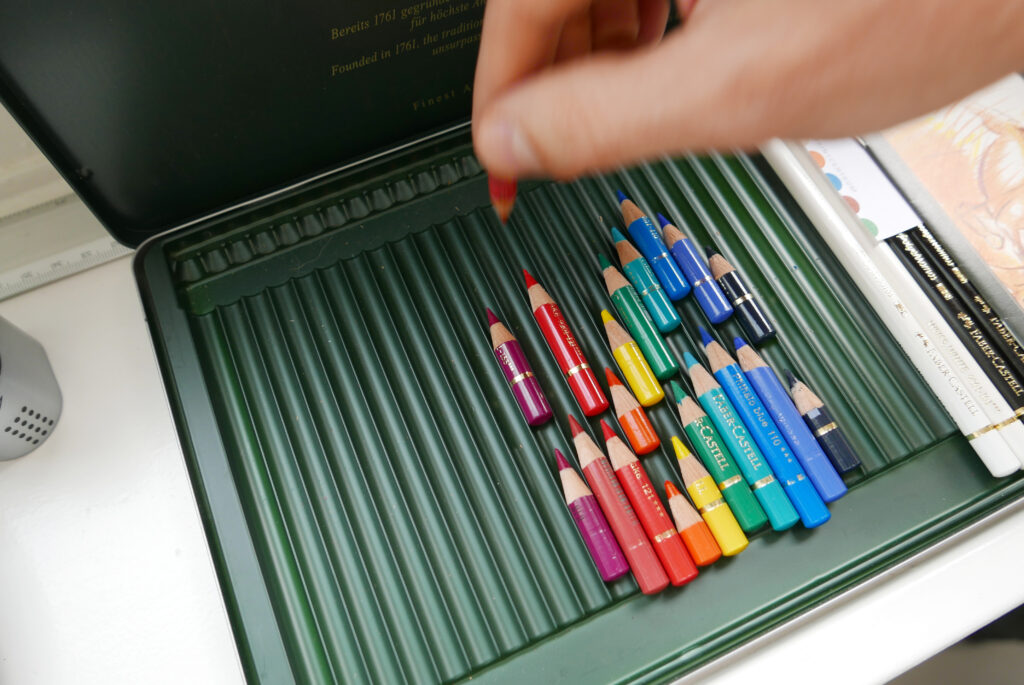OPEN DOOR CONVERSATIONS WITH JOEL FULLERTON
‘There’s still a lot about the work that I don’t know, and that’s where I want to be. I don’t want to know everything about what I’m doing because, because it’s not going to lead me anywhere.’
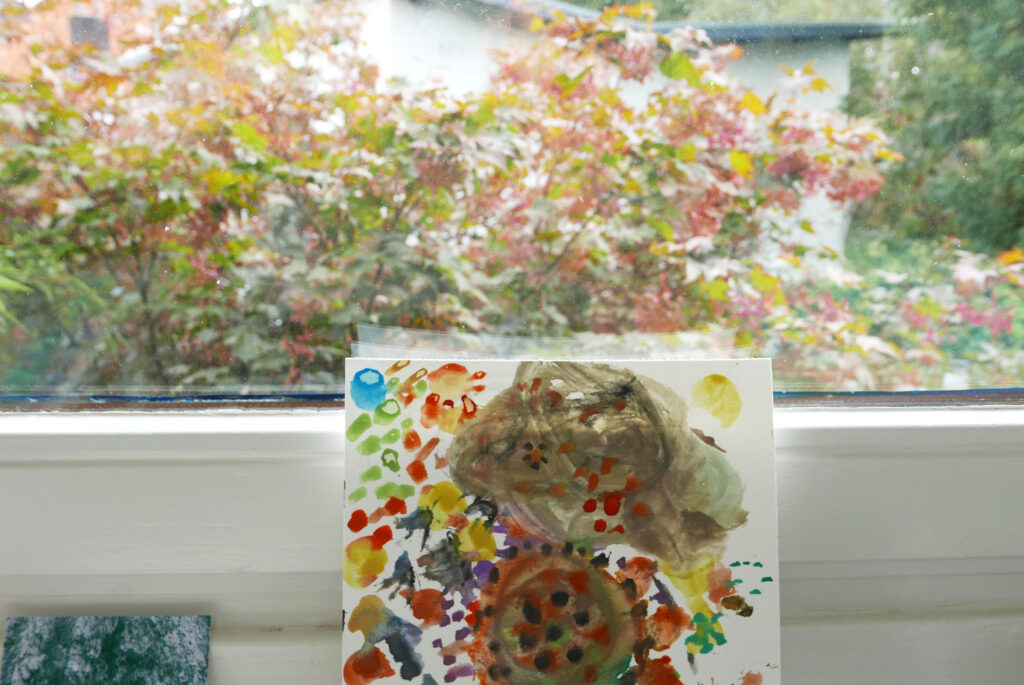
On ‘Trees That Follow Me’
I used glassine paper; it’s used for archivists to store works but I kind of fell in love with it, again, for that property of protection, how it protects works. There’s both a vulnerability to it but it also has that protective quality, and it’s also so strong. I started using it for that purpose, and essentially what I would do, the process itself is pretty much like print making, where you’d draw directly on the paper, then I would have the paper of pigmentation. You lay it on top, you’d have your wooden spoon, and then you’d do the direct transfer that way. So some of the images you’ve seen is the peeling back, when you see the transfer happening. The pigments I’m using are just these polychromos pencils.
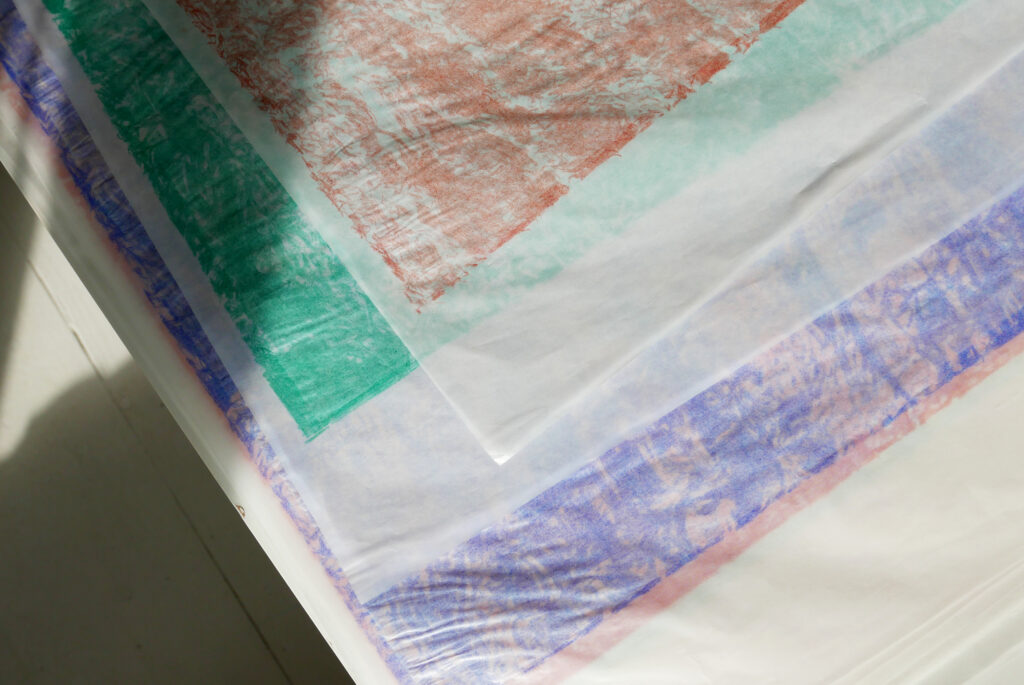
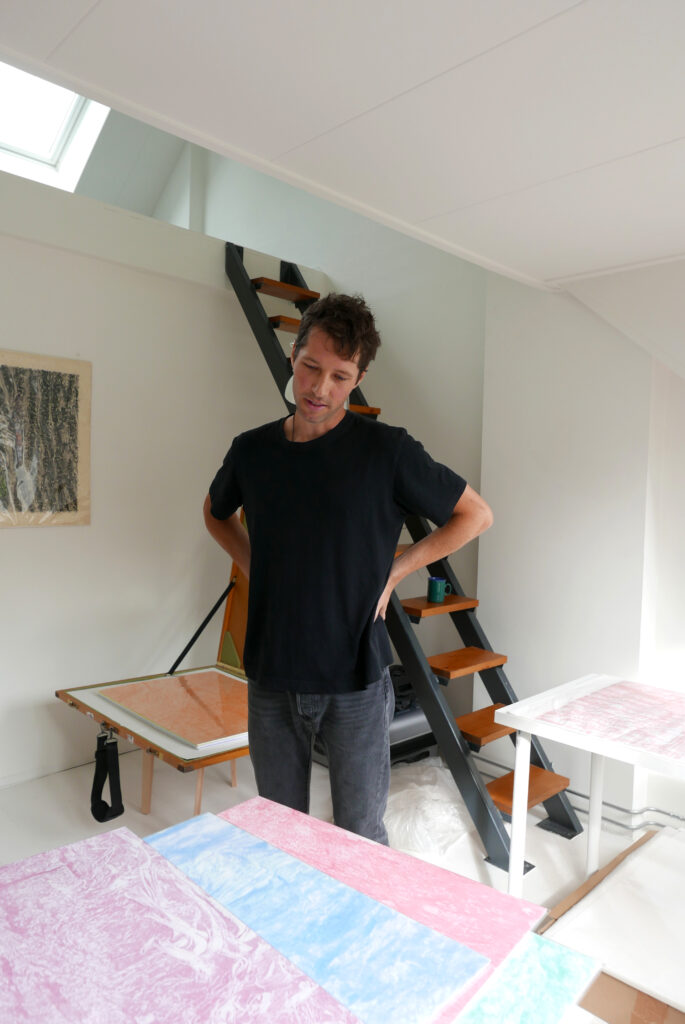
I’ve always been fascinated by process, the idea of things changing, and the transience of things. And so these are special on their own but it’s not the work itself. When I’m working on them, the initial stage of the drawing, there’s a meditative aspect to it, there’s a sense of control, a lot of control, in terms of how I can manipulate the surface, how I can move, how I can build up the pigment, although that does take up time to figure out what the process is going to be. It’s almost like breathing in, you get the sense of things, and the thing that is so wonderful about the transfer, is that there’s this improvisation of letting go, just the philosophy of it I really love, and I only have so much control. It’s like an exhale, there’s a bodily aspect to making this work too, and I think that’s part of the idea of the work, that it’s not simply just representing these trees, I mean they’re abstractions, they’re of the bark, they’re of the skin, they’re of the surface, they’re very tactile, but it’s about finding a relationship with that more than human thing, and for me going through the process in this way kind of gets me to this space a bit more than just simply rendering the image itself.
Do all your projects have the same process?
Well no, I mean every project does have a different way of thinking about what I’m going to be interacting with, but a lot of the work I do is interdisciplinary, and the thing that’s been very enjoyable about this work is that I’ve just focused on drawing, which I think for me, it’s like everything goes back to drawing. It all goes back to that. I guess a lot of the other work I do is sculpture, print making, I mean these drawings are very much aligned with printmaking but I think also in terms of previous work that I’ve done, the element of touch is really important, in the sense of being able to feel the material that I’m working with. If we’re talking about a through line of connectivity with previous works, it’s the idea of material and process, being able to work through something, a sort of evolvement to become something else.
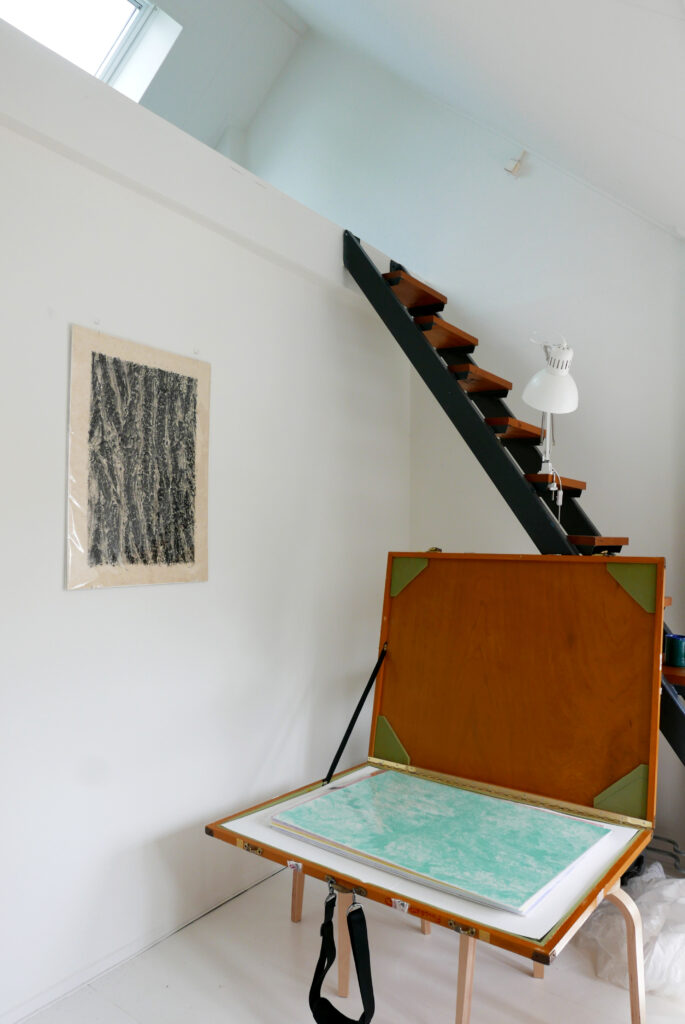
A little bit of your background?
I grew up with art; my father’s an artist, my sister’s an artist, I kind of grew up around someone who’s always making. And ideas about art, and history of art, but also we grew up in southern Ontario, my family’s lucky enough to have a cottage in northern Ontario that we’d go to every season. Its not insulated so it’s a seasonal space, so the area I grew up in Canada, the seasons have always been important, that idea of the cyclical, the cycle of knowing the seasons, but also going to that space, the cottage. The cottage itself is remote, you take a boat to get there, there’s no electricity, there’s no building codes, and it’s a very kind of spiritual place, not in a sense of religious spiritual but a sense of being in that place, of that place, and resigning yourself to that space. I know that thats in my psyche, and these are structures that my family built, the cottages themselves, in that landscape, in that forest on the lake, and using the wood from that space, and so I think the idea of place and the more than human, trees and animals etc, water, air, all that is really important to how I think about my work and thinking about it maybe not literally in the representation of the work here, but literal in how I want to explore it in this body of work.
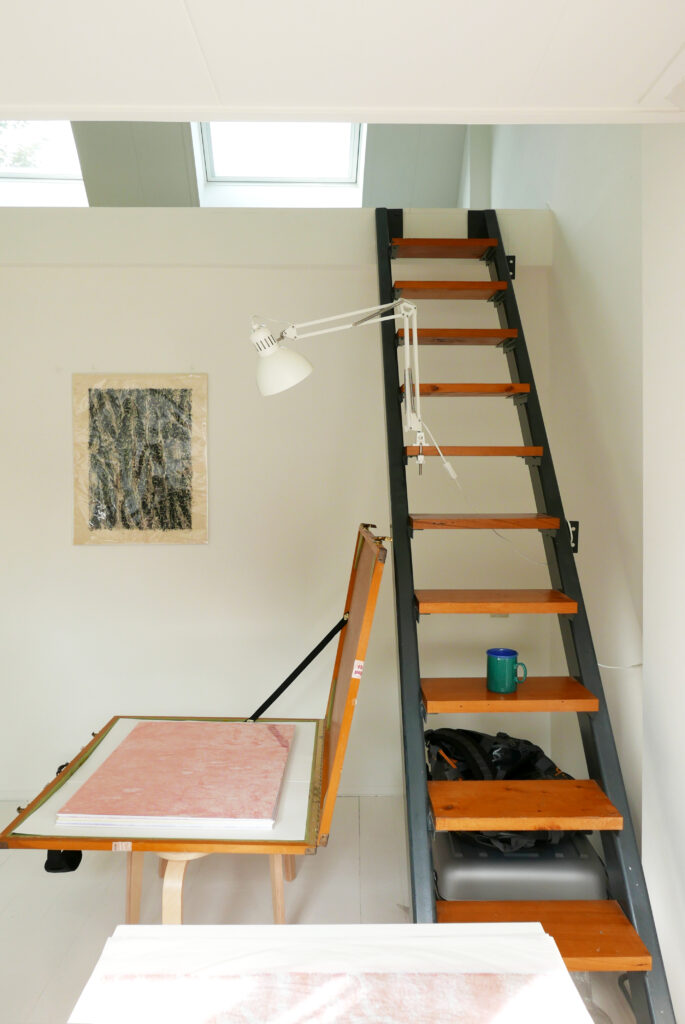
Let’s go back a little while, I was interested in creating these site dependent structures out of wood, and they were structures that would negotiate a space, like they would deal with the window space, they’d be there but kind of fall away in that space too. They would look like construction, and I think this also comes from the personal relationship to building these structures in that place of the cottage, the cabin, as a way of remembering that space but also thinking about what that space offers. I’ve always been fascinated with windows being that intermediary space in between things. I think of these works in a lot of case, there’s a lot of antithesis within them that developed early on, that you see a structural component that cuts through some of the drawings, some are more obvious because of the pigment. Now, this was purposeful to create this type of structure underneath because I wanted to have the contrast between the organic. I mean we’re looking outside of this window right now, and how we negotiate the space of this environment. I wanted to have this tension in the work as well, whether its noticeable or not. As I’m working through the drawings, these ideas come through. It’s never at the beginning that this was the plan, this was the idea. There’s still a lot about the work that I don’t know, and that’s where I want to be. I don’t want to know everything about what I’m doing because, because it’s not going to lead me anywhere.
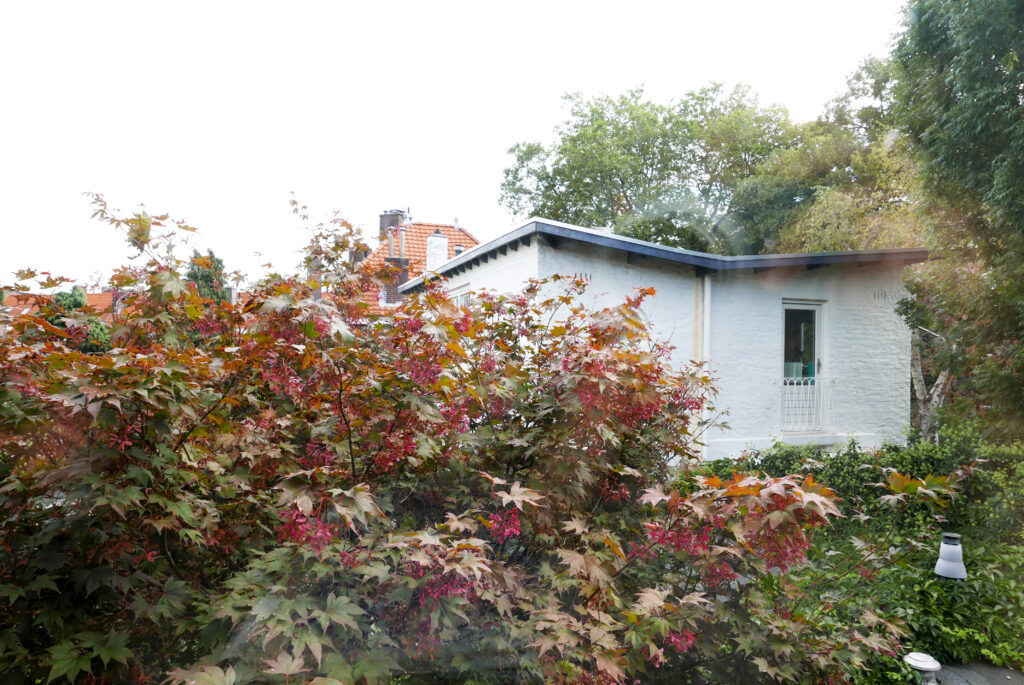
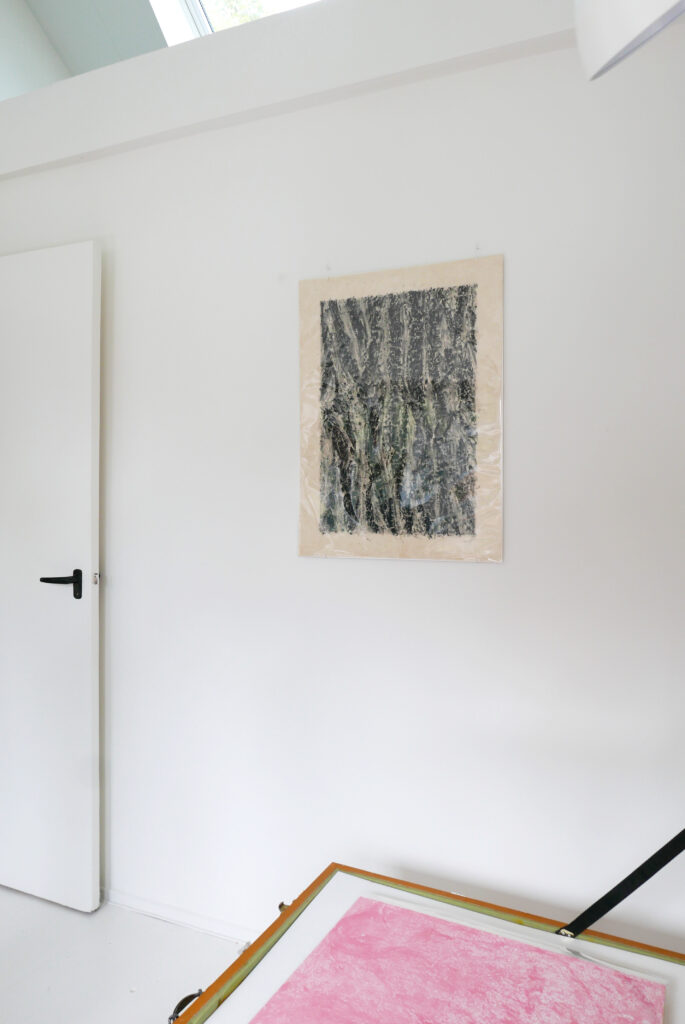
This one is the frottage, the outlier, the intermission. It’s the one I took a direct rubbing or tracing of the tree from. That was really nice at the time, because I was probably half way through my drawings, and it was just a different relationship with what it was I was trying to represent. More so in a sense that my body was now in contact with that thing in space, whereas the other drawings themselves are representations or indexical representations of that tree bark.
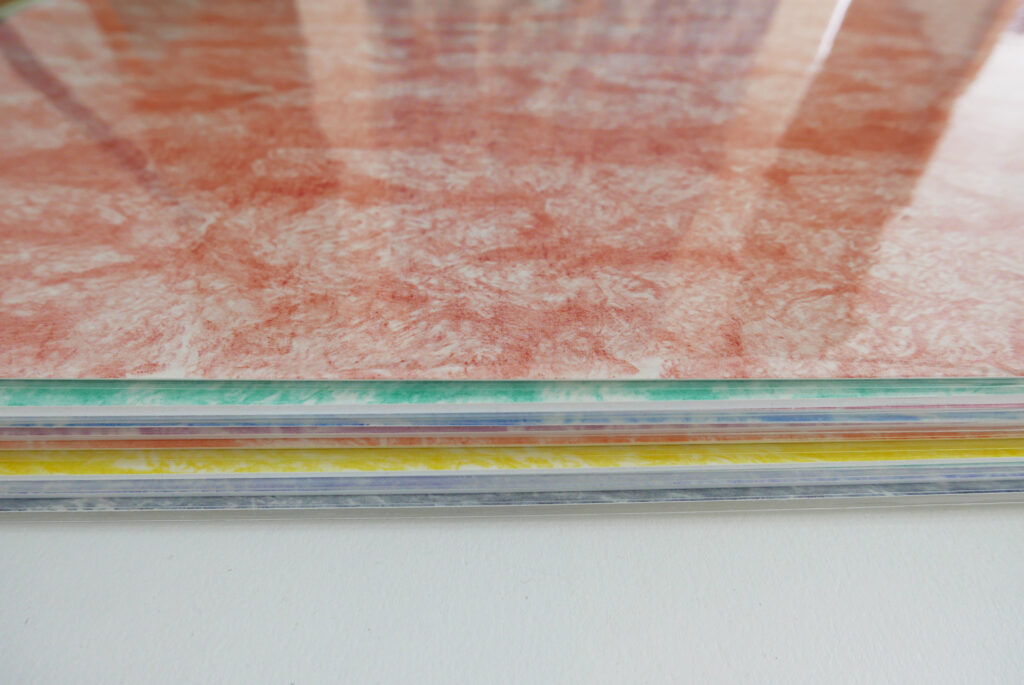
The drawings, the process of drawing on one of the transfers, it depends on how I’m feeling and what’s going on, but they can take anywhere from two to eight weeks, can be up to two months depending on the image I might be looking at and working from and when I feel okay about it. You learn the process and part of it is knowing how much pigment you have to use. So each one of these drawings I realise I have to use at least two crayons to have enough pigment to transfer. The actual transfer itself takes two days.
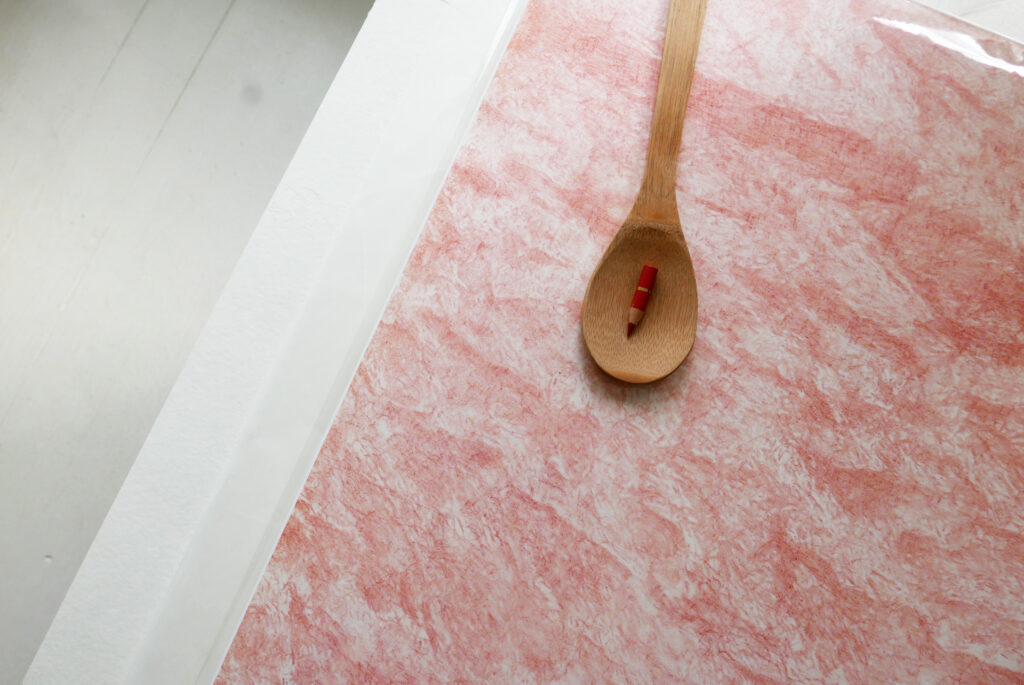
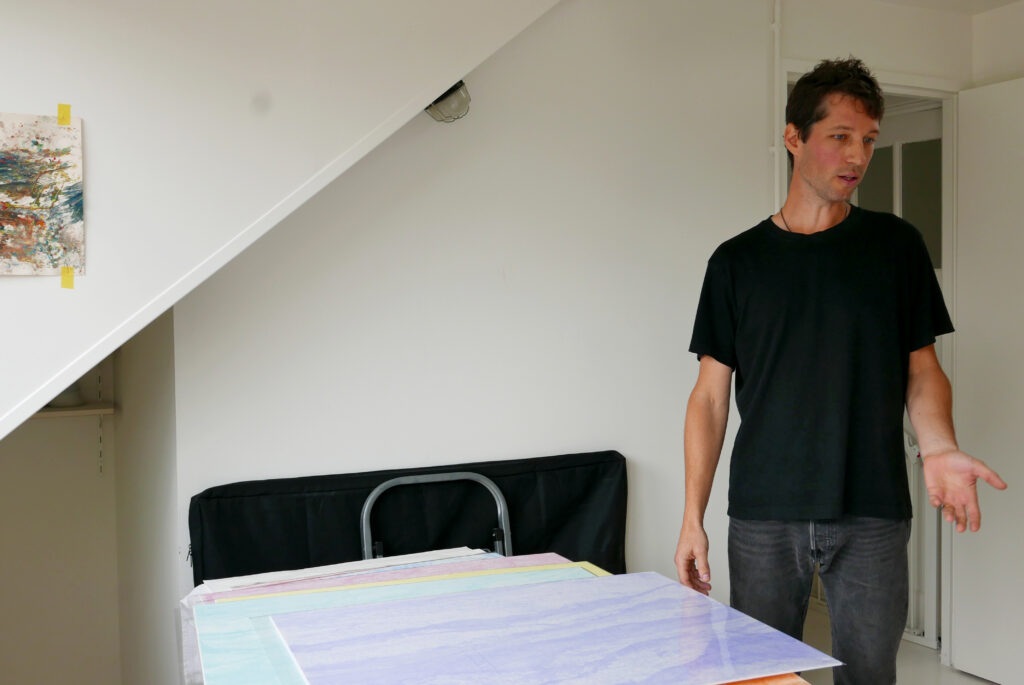
These are drawings I’ve been doing for two years now. Some have taken about anywhere between two to six weeks to do, it really started with ‘place’, and it started with my son Elio too. He’s two and a half now, so thinking about his arrival and his breath and his being now in the world. We were in a place in British Columbia where trees were cathedrals, the Douglas fir, they’re the pillars, and that was one of the first things I wanted him to see, so we went and saw this tree.
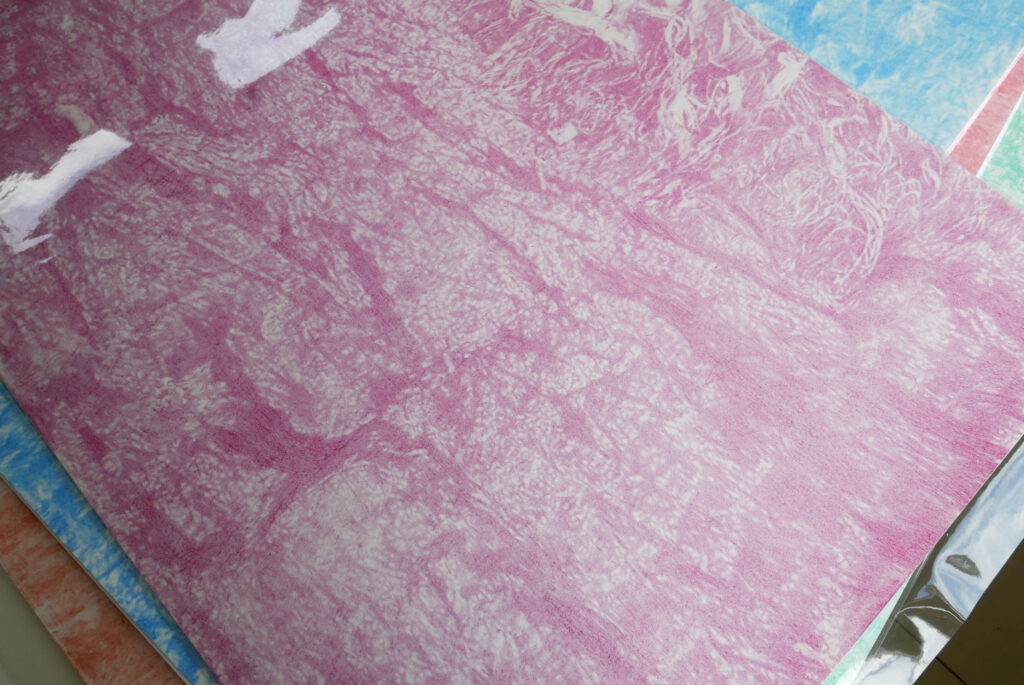
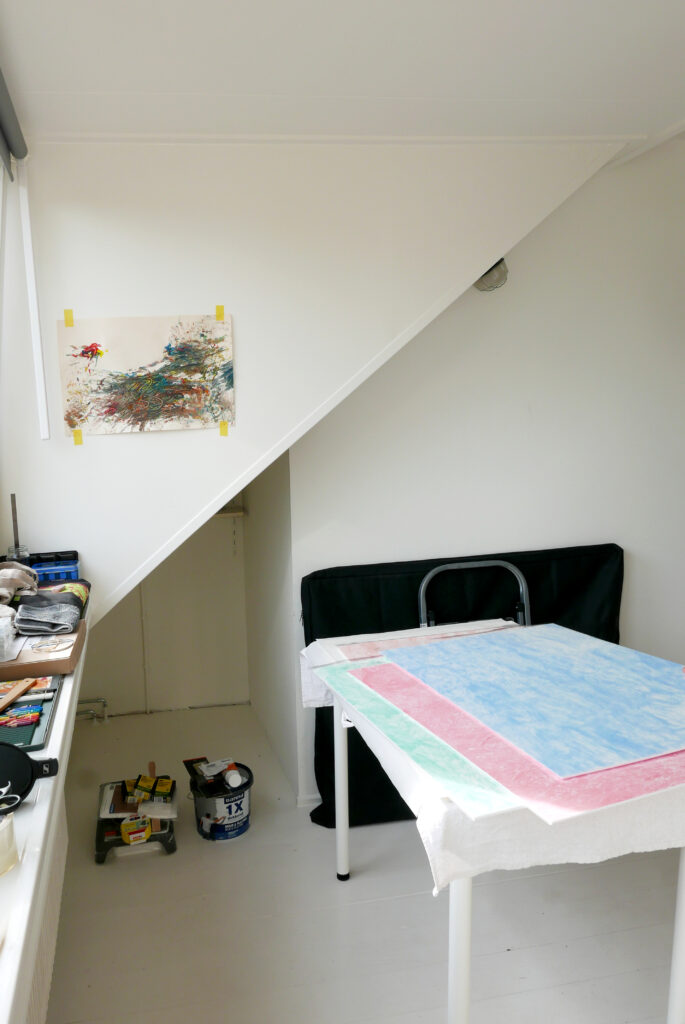
This is the Douglas fir, that was one of the first things he touched outside. And so when I was thinking about how to begin these works, or what they were going to be, again it was like a place, so San Diego, having been there for a period of time with the incredible amount of plant diversity, some native, most are not, and falling in love with that terrain. The last body of work that I did, called ‘Sometimes Still Life’, a lot of it was being about out in the terrain in southern California. The desert, and seeing the super bloom, what was fascinating about that, was not knowing that those flowers really were there, until they were there.
For me it was about these places that I’ve lived in, have some sort of understanding with the terrain itself. It’s about finding a process of what memories do I have with those beings, and with that sensation of memory. What color am I thinking of, am I thinking of smell too? Or am I thinking of touch, am I thinking of sight, when im thinking of the black maple here, this is the tree that’s across from my parents house where I grew up. At the time there was a swing on it. I was thinking of the blue skies, being on that swing with the eucalyptus underneath here. I was thinking smell, color and smell, that real kind of beautiful toxic smell that is in the air. And it is toxic, eucalyptus kill most living things that are underneath them. They’re brought to southern California early on in thinking they could use them as railway ties to expand the industrial expansion, but then they realised the wood was too knotted. Now you see San Diego and the groves, they’re cutting them down for different reasons. Some of which they’re not native to southern California so they pose their own problems, forest fires, they burn very quickly and very hot. There are just interesting relationships with humans and these trees and how we engage with them and that space.
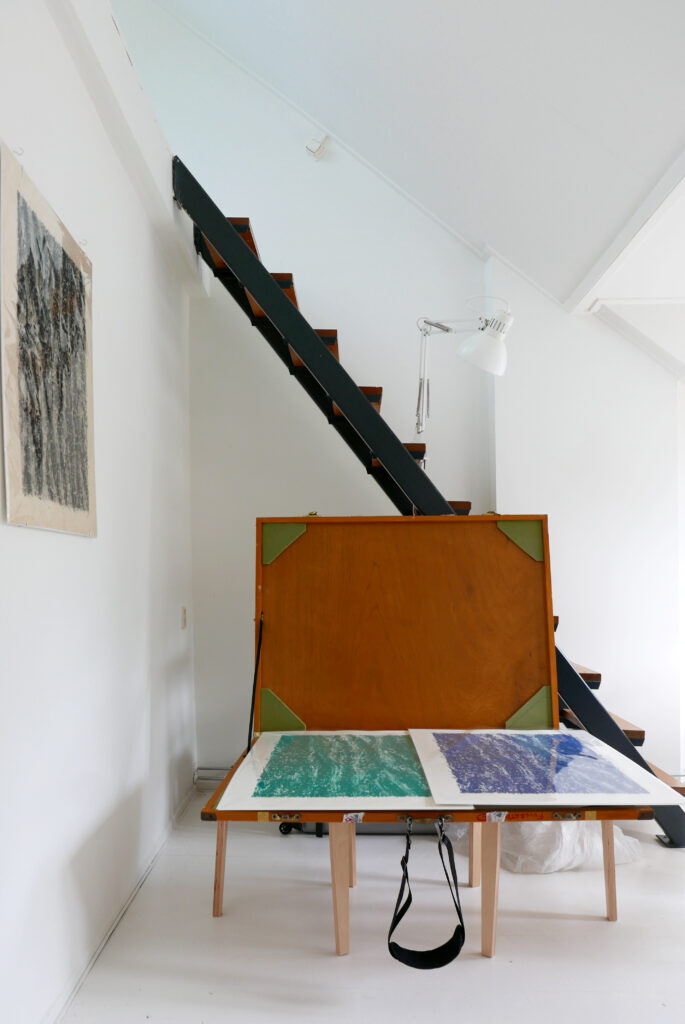

Trees do move obviously over time, they’re moving because how we’ve interacted with our space, how we’re changing the air, the space, trees are navigating and moving upwards in the mountains. Different trees respond to different locales based on how that environment is changing.
I needed to find something that was, I think this work is very much connected to previous works in terms of materials and process but it also feels very different to me in its playfulness of color. I think like what I was saying before, I wanted to find something that was more specific in what I wanted to explore, maybe to understand it better or create something more interesting, I don’t know.
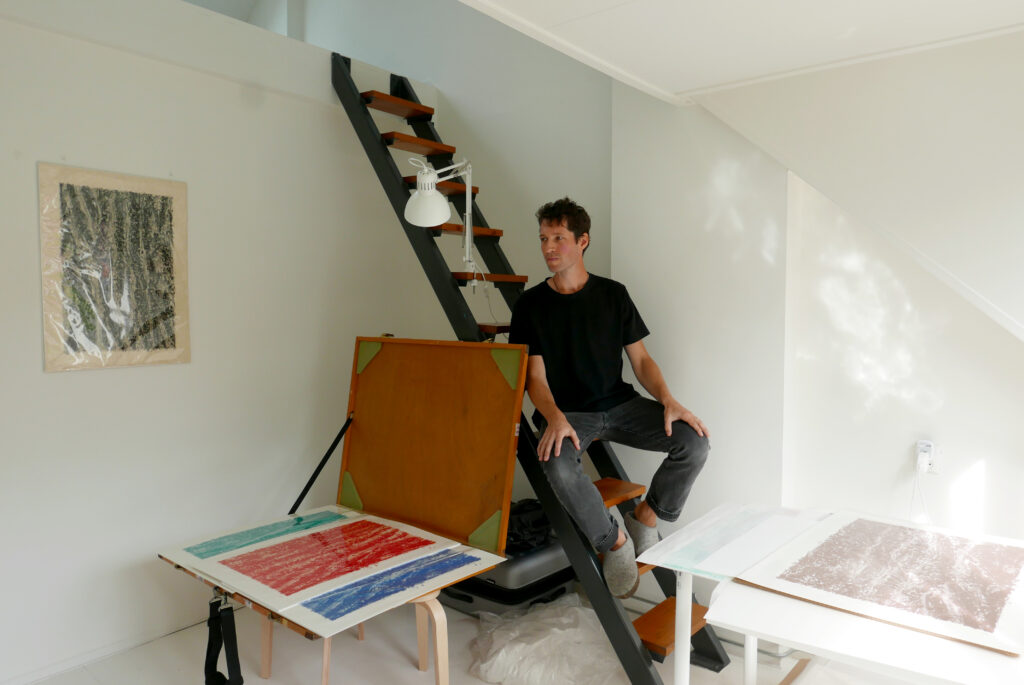
On future work
This is a frottage, which is what all kids do when they’re young, you do rubbings of things, in fact you’re asking about ideas of what I might do next, I think that might lead me to a different space I want to do frottage rubbings, I want to do some work in the actual environment. A lot of works really early on were in the landscape, works that I’ve been showing more, but that’s something I think I want to do again. Anyway, that frottage is of a black willow, which is the first tree that was on my parent’s property when they moved to southern Ontario before they planted trees, it was farm fields and such, so for me that was probably one of the first trees that I recognise being in that space. In that photo, I’m doing a frottage rubbing of the tree and the frottage is transferred onto a lithostone, a limestone, and then from that the process of transferring on you can go through the printing process of rolling up that image in different inks and printing it. I didn’t want to alter it too much, most of the alteration that happens is during the etching process itself where again, there’s an element of intuition, not knowing, you have to know the chemistry but you can either under etch it or over etch it, depending on how much the image is going to come through. You can see fingerprints here just you from the greasiness of my fingers as I was putting the paper down, but that was important for me to just show the process, the trace. I did this half way through the drawings and it was a bit of a breather. I needed something quick and immediate, because these take time, but you can see there’s a real immediacy to it. I think another thing I want to do was to create imagery and spaces like this.
